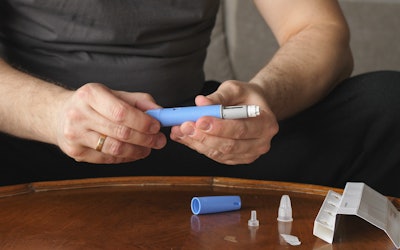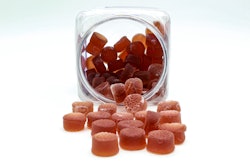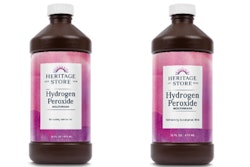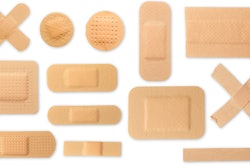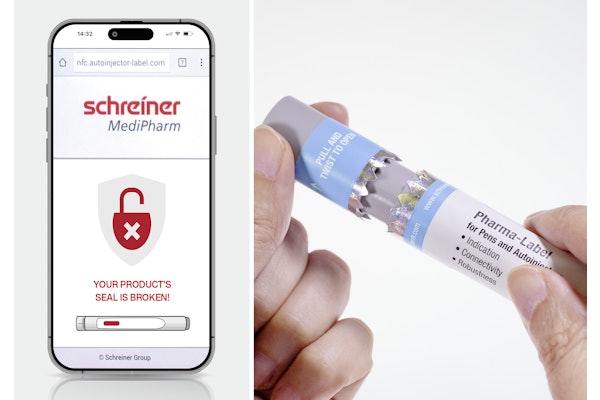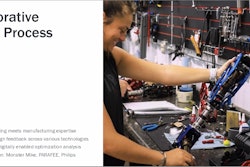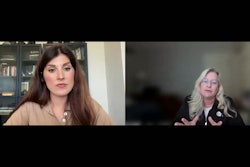The diabetes drug Ozempic has been a hit for manufacturer Novo Nordisk. But its meteoric rise in popularity brings with it concerns for the patent holder due to emerging reports of patient harm and the widespread availability of counterfeit versions worldwide.
That’s why the Denmark-based drugmaker is taking a proactive approach, testing suspect products and collaborating with authorities to try to uncover the origin of the fake versions. A recent Reuters article discussed how Novo Nordisk's CEO, Lars Fruergaard Jorgensen, is addressing the situation through collaborative efforts with the U.S. Food and Drug Administration (FDA) and other authorities in numerous countries. "We cannot take action on our own,” he explained to Reuters.
Surging demand leads to counterfeit boom
Approved by the FDA in late 2017 as semaglutide for adults with type 2 diabetes, Ozempic, administered subcutaneously, has gained popularity in recent years for its reported weight-loss properties. However, with a surge in demand that is far outpacing supply, Novo Nordisk and global health authorities, including the FDA and the World Health Organization, have raised concerns about unregulated and counterfeit versions of the medicine in the marketplace.
Reuters and NBC News both reported that the anti-counterfeiting nonprofit Partnership for Safe Medicines, representing supply chain producers and distributors, has identified counterfeit versions of Ozempic in as many as 16 countries.
Patients in Belgium, Iraq, Serbia, and Switzerland were reportedly harmed in 2023 after taking fake versions of the drug. Novo Nordisk’s report to the FDA cited incidents where consumers experienced hypoglycemia after using suspected or confirmed counterfeit products, corroborating other reports of confirmed suspected cases in countries including Austria, Britain, Lebanon, and the U.S.
In its article, Reuters also independently reported the concerning case of a 45-year-old Belgian woman who experienced a seizure and entered a diabetic coma after injecting nearly five times the recommended insulin dosage while using a suspected counterfeit Ozempic for weight loss.
Relabeling, 'compounding' concerns
Novo Nordisk's investigations are shedding light on the extent of the counterfeiting problem and gathering information about how the perpetrators are getting fake versions into the market. In one instance in Iraq, a potentially relabeled Apidra Solostar insulin pen was uncovered, while in the U.S., a Semglee insulin pen had a counterfeit Ozempic label attached.
But the counterfeiting problem appears to go beyond relabeling. Both Novo Nordisk and the FDA have also expressed concerns about compounded semaglutide in the U.S., highlighting the sourcing of raw materials from unregulated facilities in Asia and elsewhere. As of the Reuters article's publication date, Jorgensen mentioned that the exact active pharmaceutical ingredient composition used in the counterfeit products is unknown, further complicating the situation.
Unlike counterfeit drugs, compounded drugs use similar ingredients from FDA-registered facilities and can be custom-made based on the same ingredients as their branded counterparts.
However, Scott Brunner, CEO of the Alliance for Pharmacy Compounding, tells Healthcare Packaging: “It’s perplexing that compounded drugs, which have been an essential part of the American health care system for generations, are suddenly being lumped in with illegal counterfeit substances. They’re not remotely the same thing.
"The overwhelming majority of compounded GLP-1 drugs start with a prescription from a legitimate prescriber for a specific patient that is sent to a state-licensed, state-inspected pharmacy to be prepared and dispensed. Just like the drug manufacturers, pharmacies can only acquire active pharmaceutical ingredients for the drugs they make from FDA-registered facilities. Media reports (NYT, April 15, 2024) suggest that Eli Lilly, for instance, has sourced tirzepatide API from offshore, FDA-registered, contract manufacturers. Not only does the sourced API come with a certificate of analysis, but most pharmacies also have it tested for purity and potency. A pharmacy that deviates from the legal standard would quickly find its license revoked. So all this talk about not knowing what’s in a compounded drug is utter nonsense–again, provided the drug comes from a state-licensed pharmacy. On the other hand, an illicit substance sold online without a prescription is not compounding. It’s not even pharmacy. It’s drug dealing.”
The FDA has taken action, warning consumers on its website of the risks of counterfeit medications and explaining the known dangers of counterfeit Ozempic and semaglutide detected in the U.S. drug supply chain. The dedicated page to Ozempic counterfeiting also provides illustrations of known cases of fake packaging. Similarly, Novo Nordisk has a page explaining the risks of counterfeit medicines and how to identify and report them.
